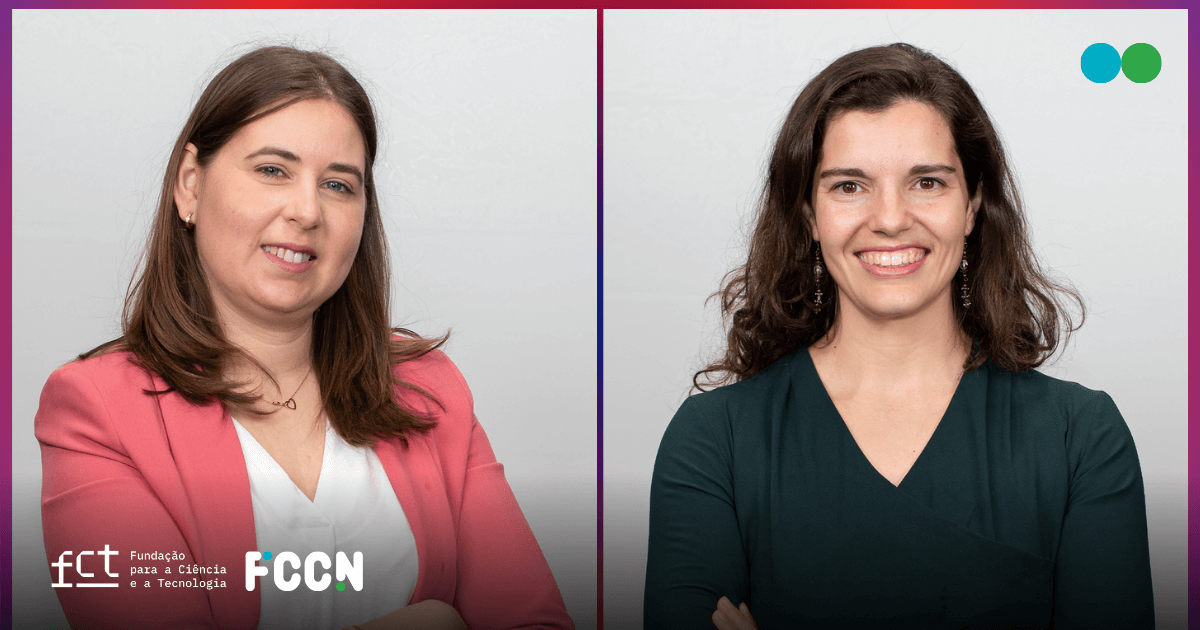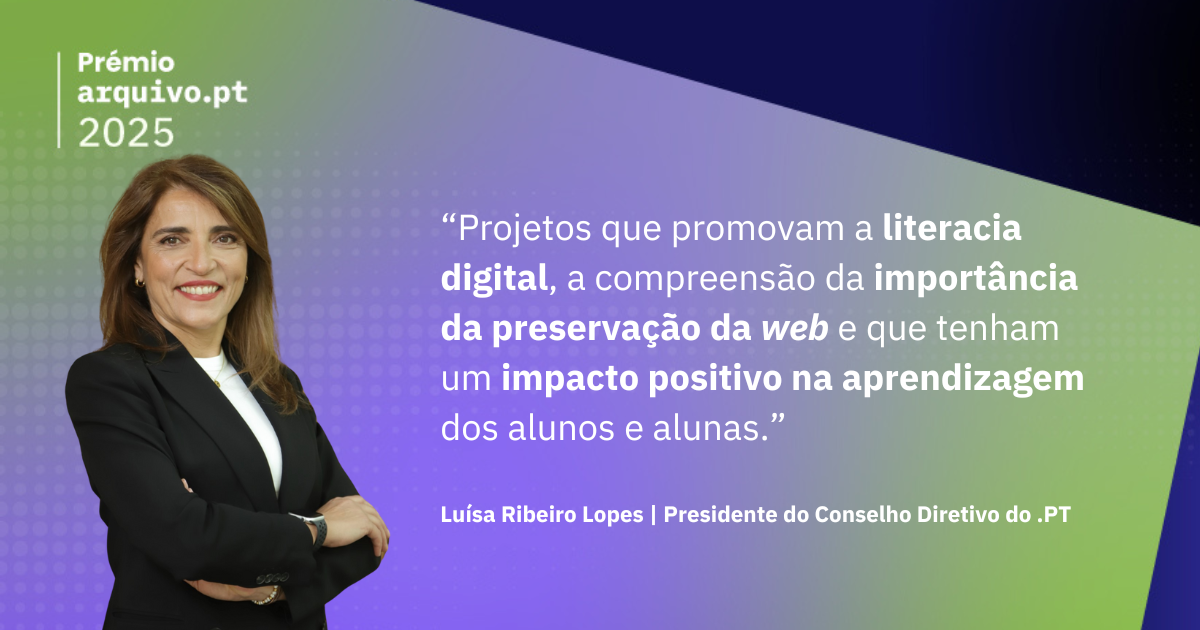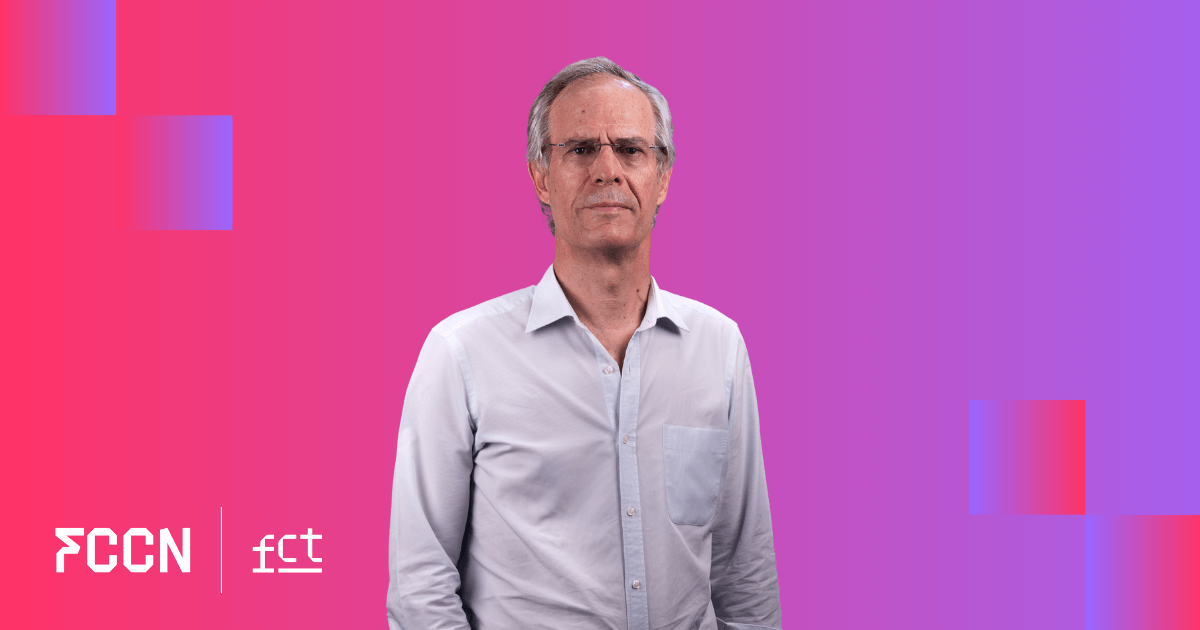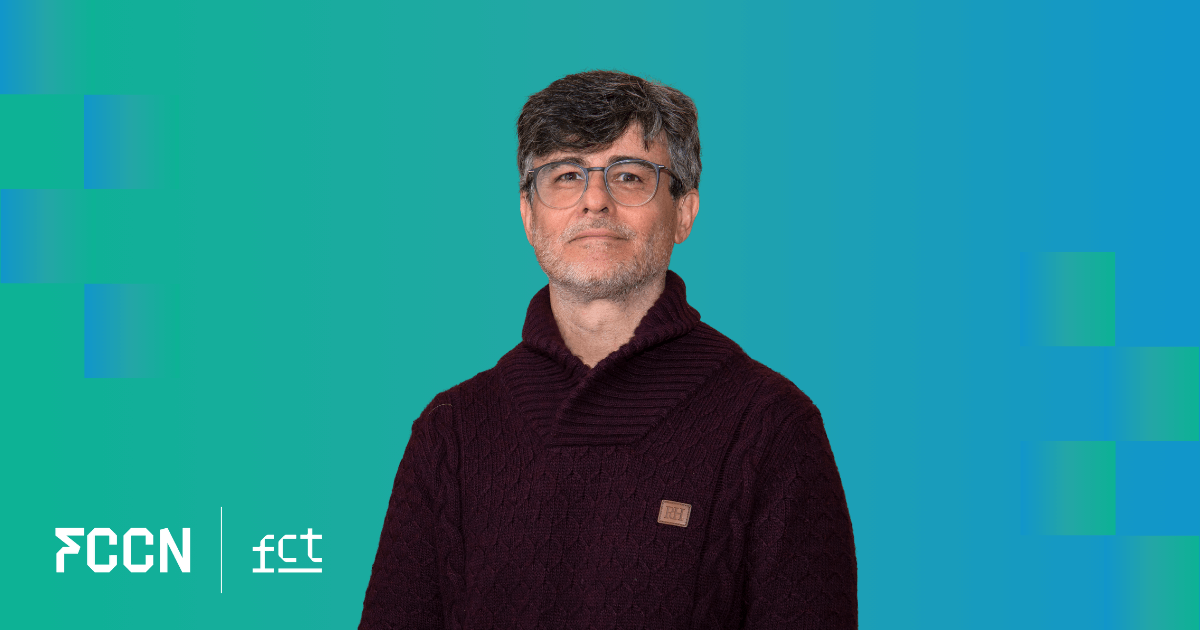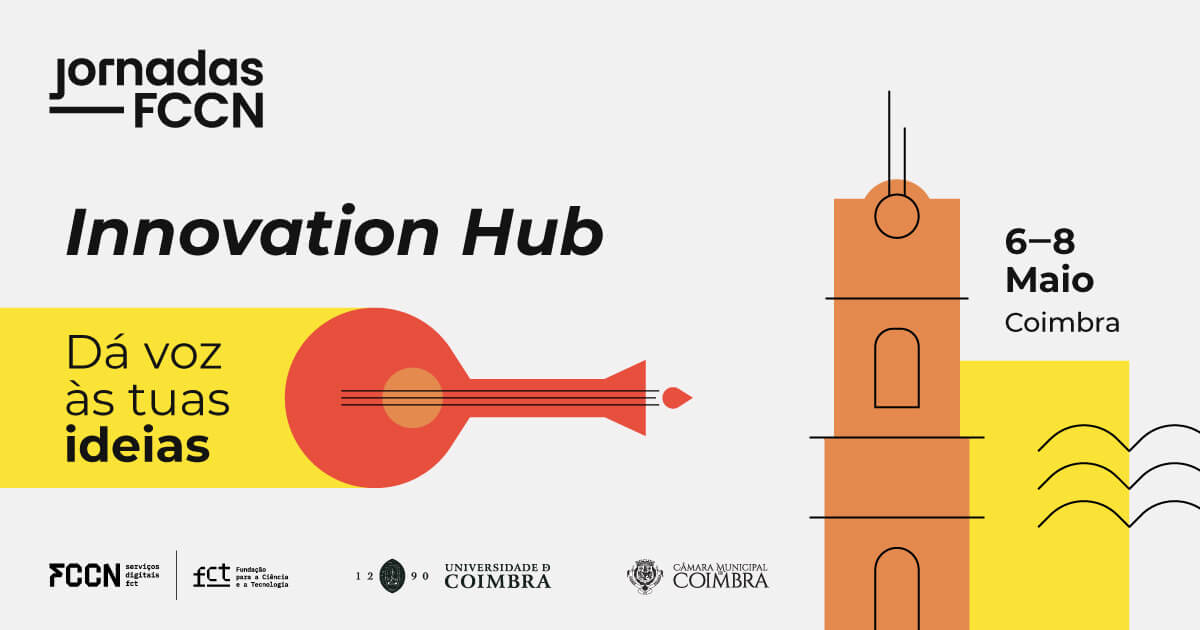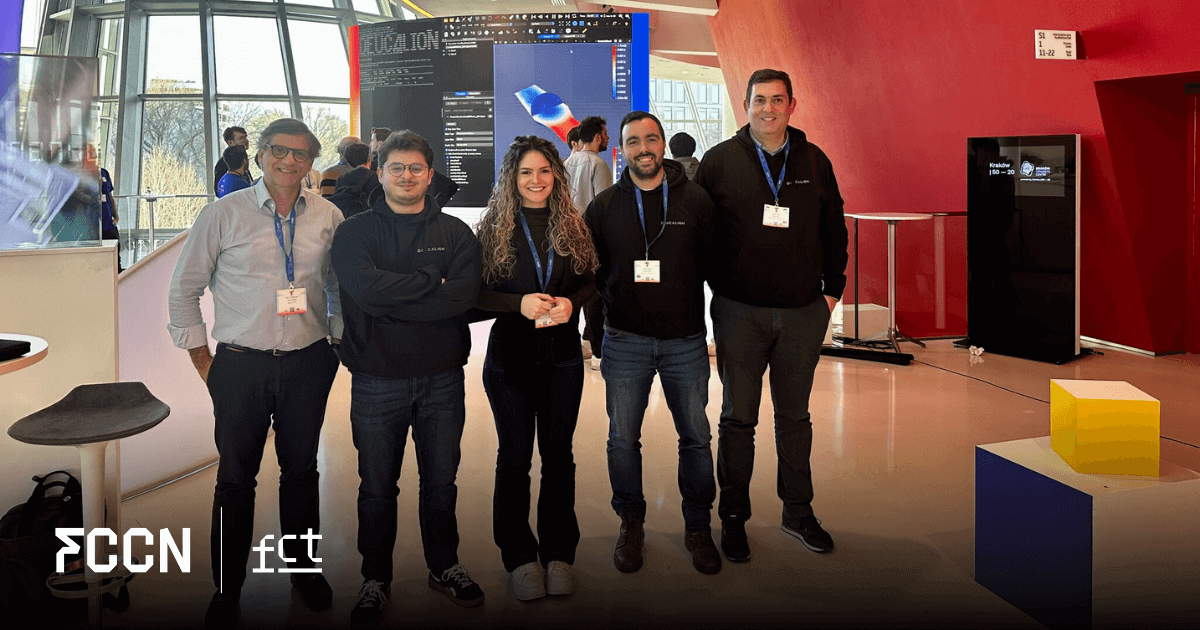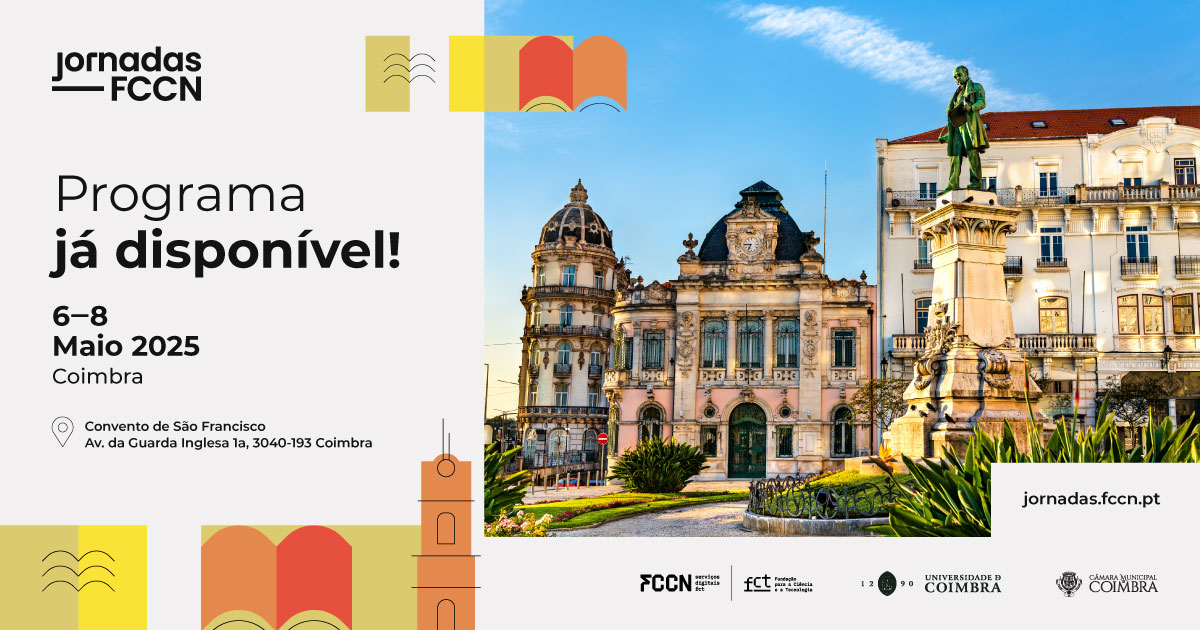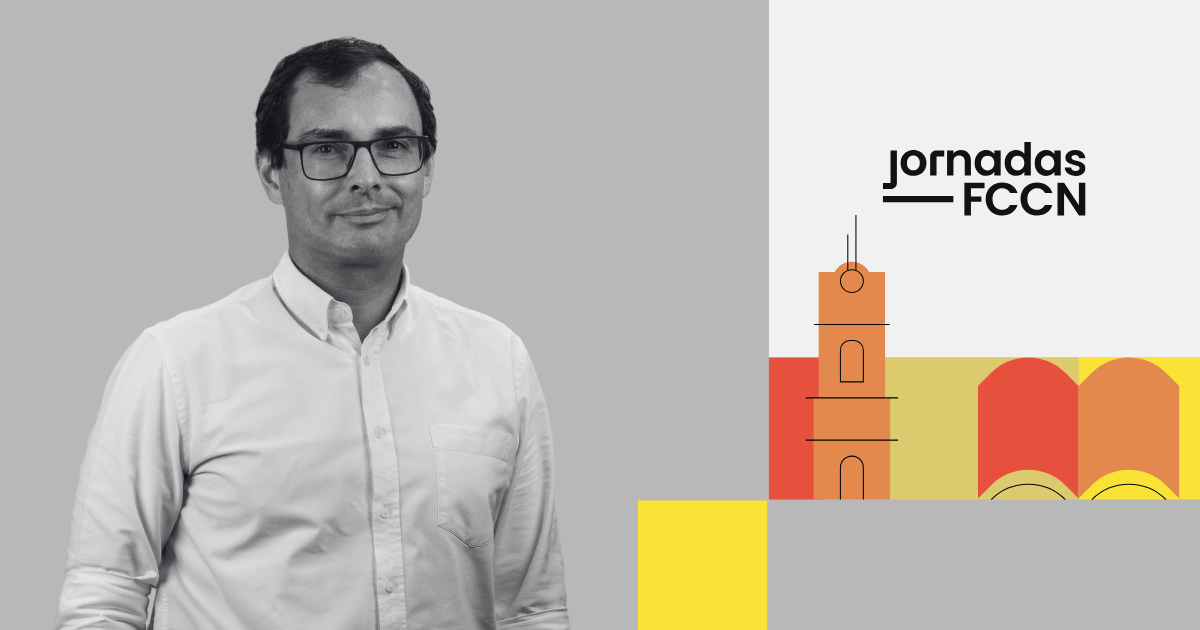To celebrate International Women's Day, we spoke to two female employees of the Foundation for Science and Technology's FCCN unit, who work in one of the areas where there is still a long way to go to achieve equal representation between men and women.
According to the International Labor Organization, in Portugal in 2020, only 38% of graduates in STEM fields -Science, Technology, Engineering and Mathematics - were women . What's more, according to a study by McKinsey, in 2023 only 22% of European women would hold positions related to technology.
Faced with this road still to be traveled to eradicate inequalities, the science managers at FCCN Filipa Pardelha and Susana Caetano shared their testimony on what it's like to be a woman in the STEM fields .
The reasons for low female representation
For Filipa Pardelha, the main reason for this difference in representation between men and women that still persists in STEM is the "historical legacy of associating STEM professions with men and the difficulty in changing mentalities, as well as the time needed to achieve it" .
Revealing her optimism on this issue, Filipa says she believes that "the political focus on gender equality, as well as campaigns where the visibility of women in STEM is shared with society, will be very important in changing this paradigm".
Asked about the same topic, Susana Caetano points out that the motivation for this inequality "starts with education from 0 to 5 years old, goes through the lack of examples in everyday life, the lack of incentives during school, and finally a great deal of complacency". "It's still easier and more natural for women to take on the role of caregiver rather than venture into new professions," she stresses.
Picking up on this topic, Susana recalls three women who inspired her to come into the STEM field: "Marie Curie, Ada Lovelace and Carolina Beatriz Ângelo, because they had the courage to step out of their comfort zone and give their best".
Asked about her references, Filipa Pardelha assumes that she chose this area because of the continuous learning it brought her and out of curiosity. However, she did not fail to mention examples of women who are part of the history of STEM and who have inspired her, also highlighting Marie Curie, "for her dedication to research in the areas of physics and chemistry, as well as the impact she created for future generations to be able to continue to dedicate themselves to these subjects".
It also highlights "Rosalind Franklin and her non-recognition when the Nobel Prize was awarded to her colleagues James Watson, Francis Crick and Maurice Wilkins for the DNA double helix".
For her, this example reveals the difference made between men and women in STEM. "That's where I realized the importance of the resilience needed to achieve recognition and the consequent ability to continue research and the search for knowledge on the part of women in this area," she concludes.
Finally, Filipa Pardelha completes the list with a more direct inspiration, one of her undergraduate teachers, Leonor Cancela. "Shemarked me by her desire to do more, to know more, to interconnect knowledge from different areas with the aim of achieving explanations and solutions to existing issues, as well as her enjoyment of doing so."
Being a woman in STEM is...
At the end of their testimonies, the two FCCN employees added the phrase "Being a woman in STEM is...". If for Susana Caetano "it's challenging!", for Filipa Pardelha it's "having the ability to reinvent oneself in the face of every challenge encountered. It's also a continuous search for knowledge with the aim of innovating and solving issues, positively impacting the future"
Filipa called on everyone to take action: "it is the responsibility of each one of us to demystify the assumptions that exist in society, especially among the youngest, both girls and boys, so that they can grow up without these ideologies and thus leverage change in society."
